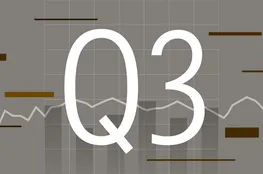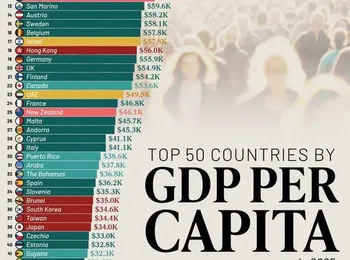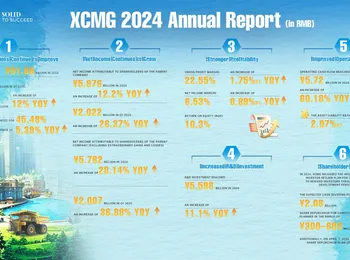Germany's construction sector continues to grapple with contraction, yet the pace of decline has moderated towards the close of Q2. This improvement is primarily driven by a resurgence in both civil engineering and commercial construction activities, offering a glimmer of hope amidst ongoing challenges. However, residential construction remains the sector's most significant drag, persistently impacting business confidence. HCOB highlights, "The construction sector remains in recession, although it’s less severe than in the first quarter and over the preceding two years. Residential construction has borne the brunt of the downturn, while commercial construction is exhibiting the initial signs of stabilization, with civil engineering witnessing renewed growth. Despite anticipated upturns in civil engineering, short-term prospects remain subdued, preventing an overall sector recovery. The planned infrastructure package is already yielding positive effects, evidenced by a third consecutive month of index increases – a first since August 2023. This isn’t direct funding from the €500 billion package, but private companies, anticipating increased future projects, are keen to fulfill existing orders to create space for new ones. Rising construction costs have further burdened the sector in June, with input price inflation reaching its highest level in 28 months. Companies cited elevated material and labor costs, which suppliers are passing on. Consequently, subcontractor rates have also increased, even with heightened availability. The impending rise in the minimum wage by over 8% to €13.90 from January 1, 2026, is unlikely to be welcomed by construction firms. The confidence previously observed in May has reverted to pessimism, largely due to the deepening residential recession. The Housing Activity Index has fallen for two consecutive months despite the ECB’s eighth interest rate cut. This is compounded by persistently high long-term interest rates, influenced by rising public debt. Overall, the German construction sector faces headwinds from residential weakness, elevated costs, and monetary policy constraints, suggesting a prolonged period of subdued activity. The sector's performance is intricately linked to the government's infrastructure investments and broader economic conditions, making it vulnerable to shifts in policy and macroeconomic trends. Monitoring developments in the infrastructure package and ECB monetary policy will be crucial for assessing the sector’s future trajectory."
The construction industry’s challenges underscore the importance of strategic investments and proactive measures to stimulate demand and bolster confidence. Furthermore, the interplay between government policy, private sector investment, and construction costs will determine the sector’s ability to navigate the current economic landscape. The data suggests a cautious outlook, requiring careful consideration of both short-term and long-term factors. Understanding these dynamics is essential for stakeholders involved in the construction industry, including developers, contractors, and policymakers.
























